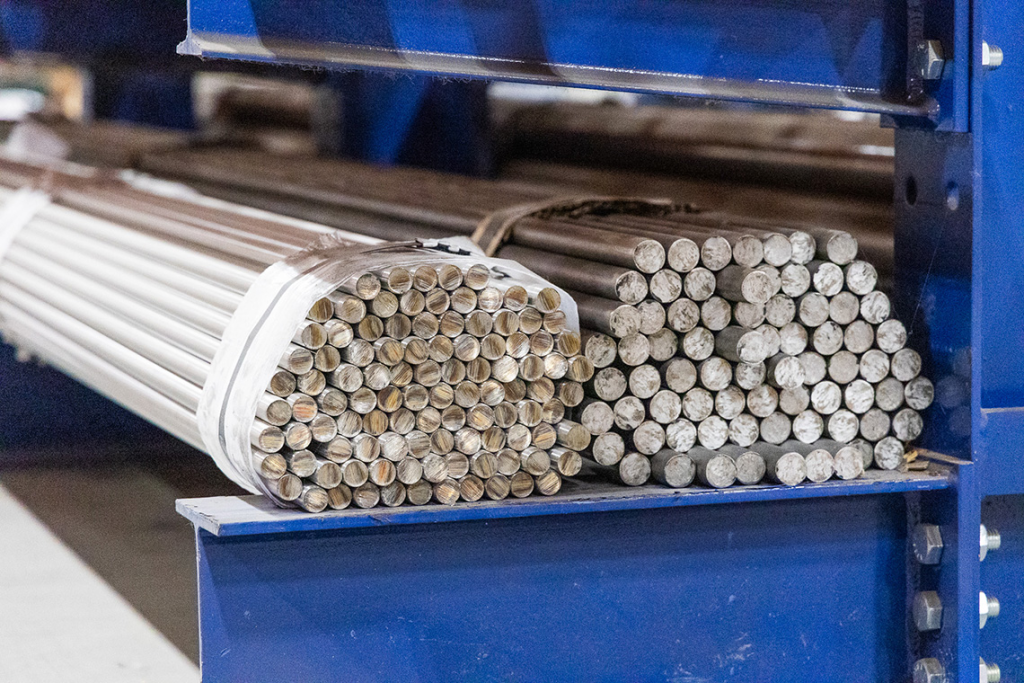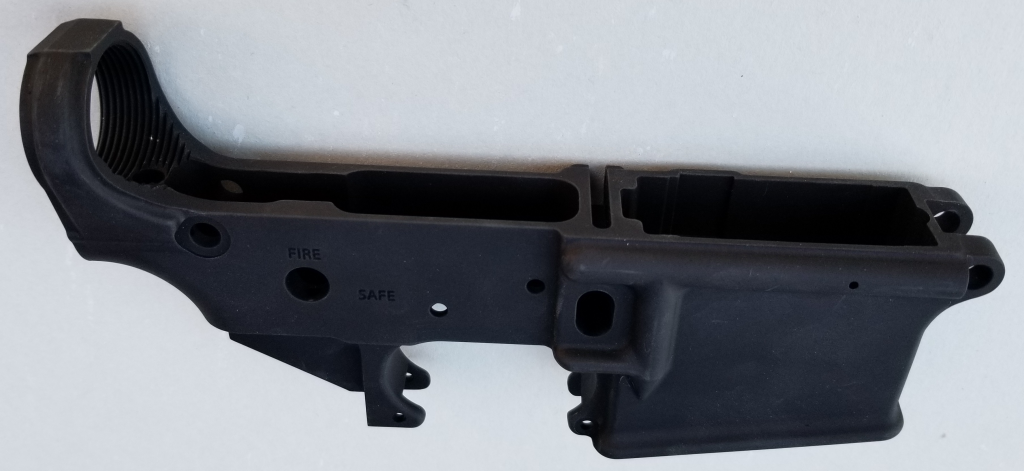
“Accuracy is all barrels, bedding and bullets.” That maxim, consistently invoked by top gunsmiths, reflects the tenacious pursuit of precision that is inherent in the US Navy SEALs’ philosophy of long-range marksmanship. To military technology enthusiasts and defense professionals, the record of the SEALs’ longest-range rifles is more about peering into the history of battlefield innovation and tactics doctrine than about firepower.
The SEAL inventory has expanded in recent years to include some of the most advanced sniper and anti-materiel guns in the world, each lovingly designed for a specific mission profile. From the legendary .50 BMG platforms to the latest electro-optical fire control systems, these weapons are a combination of heritage and frontier technology. This listicle uncovers the incredible facts, engineering breakthroughs, and combat realities surrounding the SEALs’ most formidable long-range guns.

1. The TAC-50: A Mile-Plus Killing Reach
The McMillan TAC-50 is the standard of record-breaking precision at extreme ranges. With a top effective range of well over 6,500 feet, the TAC-50 bolt-action rifle enables SEAL snipers to shoot down targets many more than a mile away. The TAC-50’s .50 BMG cartridge offers both the kinetic energy to knock out automobiles and the precision to eliminate high-priority targets at ranges previously thought to be out of reach.
According to 24/7 Wall St. reporting, the TAC-50 filled this niche as a dual role sniper/anti-materiel rifle, which made it one of the most versatile weapons in modern warfare. What it shows on the battlefield is the marriage of high-performance ballistics, hard-wearing engineering, and skilled knowledge from the operator. Deployments by special units in service around the world speak to the dependability and accuracy of the rifle in extreme deployment conditions.

2. The Science of .50 BMG Ballistics
The .50 BMG cartridge, introduced over a century ago, remains unrivaled in its category for effect range. Modern loadings propel an 800-grain bullet at up to 3,000 feet per second, generating muzzle energies of 13,000–14,000 ft-lbs. At 1,000 yards, it still transfers about 4,000 ft-lbs enough to penetrate concrete, steel, and light armor, thus making it a true anti-materiel round (raw energy at extreme ranges).

In combat and competitive environments, .50 BMG accuracy reputation has been solidly proven. The Fifty Caliber Shooters Association puts the record five-shot group at 1,000 yards at 1.955 inches a feat that dispels the myth of the .50 as an easy “spray and pray” platform (1.955 inches at 1,000 yards).

3. Extreme Accuracy: Myths and Realities
Despite its origins as a machine gun cartridge in the military, the 50 BMG has evolved into a precision firearm for competition and combat use. Sport shooters reliably achieve sub-MOA groups at 1,000 yards, with dozens of “Screamers” (sub-0.668 MOA groups) each year at FCSA matches. There were 36 Screamers and 154 Yellers (sub-1 MOA) alone at the World Championship in 2023 (dozens of sub-MOA groups).
Modern bullet design, for example, lathe-turned one-piece bullets with high ballistic coefficients, has opened up the .50’s performance envelope. These advances allow the cartridge to equal and surpass more recently introduced cartridges like the 416 Barrett and 460 Steyr in extreme long range competition.

4. Barrel Engineering: Materials and Longevity
A long-range rifle’s precision is also closely related to the barrel. 416R stainless steel barrels are also widely used for SEAL rifles because it is machinable, corrosion-resistant, and can maintain accuracy even at cold temperatures (416 Stainless Steel for Rifle Barrels). High-performance coatings such as nitride treatments also extend the life of barrels without sacrificing precision.
Benchrest shooters report barrel lives of 2,000–2,500 rounds for .50 BMG rifles before accuracy drops start. With the exception of brass that can be reloaded 20 times or more in lower-pressure applications, the rifles are sustainable and long-term for military or competitive applications.

5. Electro-Optical Sights: The Digital Edge
Modern-day SEAL snipers employ cutting-edge electro-optical scopes to maximize the capabilities of their rifles. Nightforce’s MIL-SPEC ATACR line, for example, has as much as 35x magnification, intelligent reticles, and integration with laser rangefinders and ballistic computers (Nightforce MIL-SPEC ATACR 5-25 and 7-35). These optics enable rapid target acquisition, precise holdovers, and live firing solutions.
The Army’s Next Generation Squad Weapon Fire Control takes this to steroids, with the mix of thermal imaging, augmented reality, and wireless connectivity for an unprecedented situational awareness. As the Army’s Cross Functional Team-Soldier Lethality’s Matt Walker explained, “We put just about every ballistic calculation you could put into it.”

6. Real-World Records and Operational Impact
The legend of .50 BMG is built on real accomplishments. The longest confirmed .50 BMG sniper shot is 2,475 meters (1.54 miles), which was done by Craig Harrison in Afghanistan. This shot not only needs advanced machinery but also incredible accuracy and situational calculation (2,475 meters (1.54 miles)).
Operationally, the .50 BMG is valued for its ability to incapacitate vehicles, break through barriers, and produce psychological impacts. The use of the .50 BMG on the battlefield has a tendency to affect enemy behavior, making adversaries rethink cover and movement.

7. The Evolution of the SEAL Arsenal
While the TAC-50 and .50 BMG rifles top the SEALs’ long-range arsenal, the arsenal is loaded with flexible platforms. The M4A1 with SOPMOD kit, the Mk 14 Mod 0 EBR, all-purpose for every mission, and the HK MP5N for close-quarters fighting all fill a niche tactical niche (M4A1 with SOPMOD kit).
This diversity reflects a core SEAL mantra: the right tool for the job. As technology advances, so too does the arsenal, with new weapons and optics constantly tested for range, dependability, and adaptability.

The evolution of the Navy SEALs’ longest-range rifles is a testament to the coming together of tradition, innovation, and relentless pursuit of precision. With the meeting point of materials science, ballistics, and digital technology, the boundaries of precision shooting are continually expanded i.e., for the world’s most elite operators, no target is ever truly out of reach.


